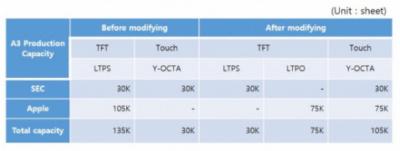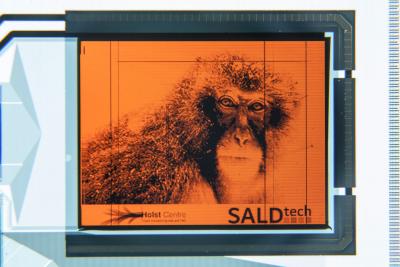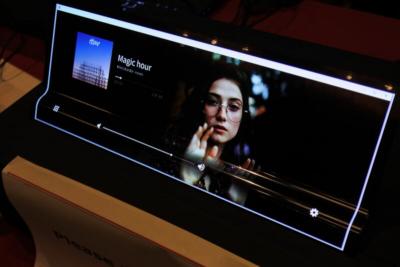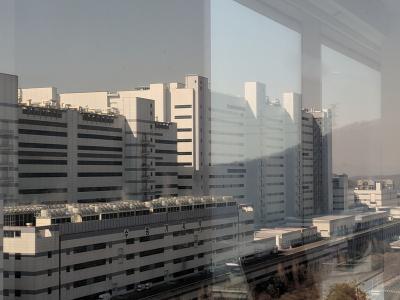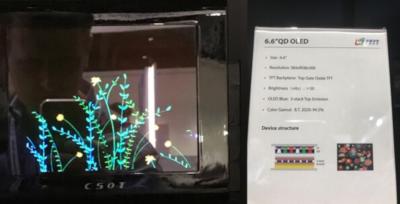Interview with the CEO of OTFT developer SmartKem
UK-based SmartKem develops a new class of flexible high-mobility OTFT display backplane technologies. The company provides customized solutions involving molecular synthesis, electronic prototyping and on-site technology transfer support.
As Smartkem is developing new backplane materials for OLEDs, ePaper and mini-LED devices, we discuss its technology and business with the company's CEO and chairman, Ian Jenks.
